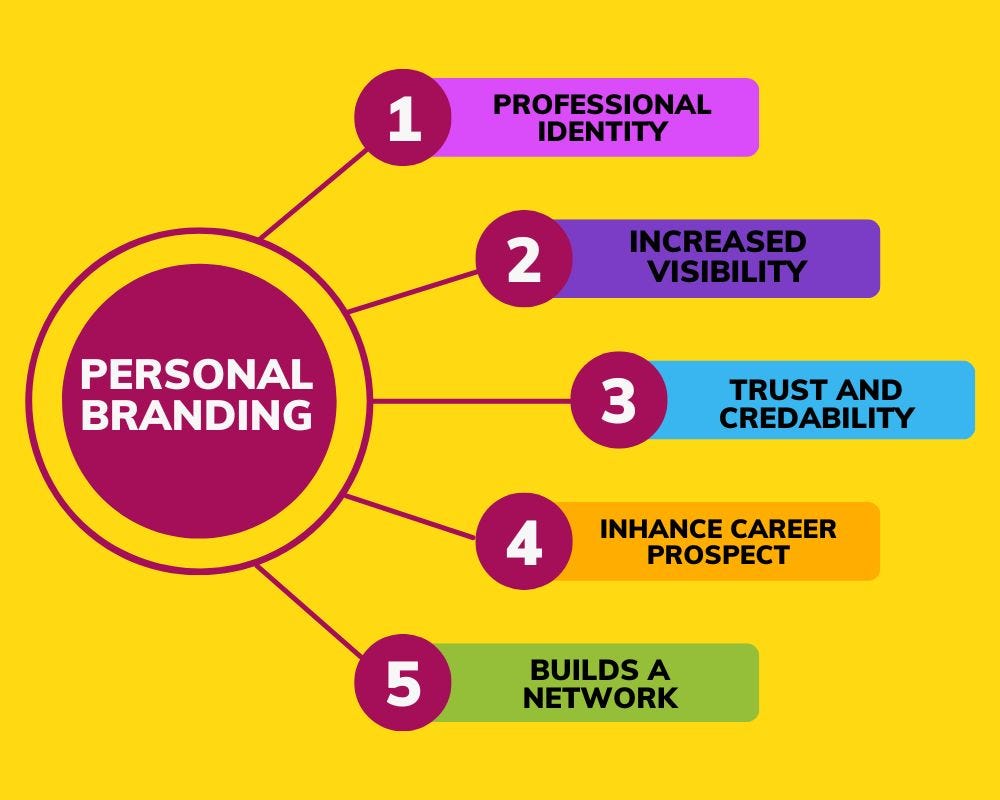Within today's online environment, the concept of branding oneself has assumed a new degree of significance. As social media platforms and online networking transforming how we connect and communicate, people have the unique chance to define and exhibit their individual identities. Creating a individual brand is no more just a tactic for entrepreneurs and influencers; it has become crucial for employees across all fields who want to stand out in a competitive job market.
Developing a personal brand involves a thoughtful method to how we present ourselves on the internet. It includes our values, skills, and passions, all expressed through multiple online platforms. In this post, we will discuss effective strategies for creating a compelling personal brand that resonates with your target audience and leaves a permanent impact in this rapidly changing digital age.
Understanding Personal Branding
Personal branding is the process of creating and overseeing your own reputation and identity in the digital landscape. In today's interconnected world, individuals have the opportunity to influence how they are viewed by others. This entails showcasing individual skills, beliefs, and experiences that set apart you from the crowd. The aim is to communicate a clear and consistent message about yourself and your beliefs, which can significantly affect your professional life and self-development.

At the center of building a personal brand is self-knowledge. This involves knowing your strengths, weaknesses, values, and drives. By delving into these elements thoroughly, you can recognize the principal features that define your brand identity. It is crucial to synchronize your online presence with these qualities through authentic communication and visual elements, guaranteeing that all channels you use represent the identical persona. Coherence in how you portray yourself helps build trust and awareness among your community.
Ultimately, interacting with your audience is imperative for personal brand development . This entails communicating with your audience, responding to feedback, and engaging in community discussions within your field. Nurturing relationships and networking can increase your exposure and trustworthiness, providing you the opportunity to influence others. By proactively managing your personal brand, you prepare the foundation for chances that align with your goals and objectives.
Creating Your Online Presence
In the online age, establishing a compelling digital presence is vital for individual brand development. This starts with choosing the right platforms that resonate with your audience and correspond with your brand values. Social media sites like LinkedIn, Snapchat, and Twitter offer unique opportunities to demonstrate your skills and character. By curating your profiles and sharing relevant content, you can create an engaging digital footprint that reflects who you are and what you value.
Uniformity is key when building your digital presence. Ensure that your communication, visuals, and interactions tactics are uniform across all platforms. This includes using the identical profile pictures, branding components, and tones of voice to support your personal brand. By showing a cohesive identity, you enhance recognition and trust among your audience, making it simpler for them to engage with your brand on a deeper level.
Interaction is also important in the development of your individual brand. Actively engage in conversations within your field by commenting on posts, offering insights, and collaborating with others. This not only boosts your visibility but also positions you as a thought leader in your field. By fostering relationships online and offering value to your audience, you can cultivate a loyal audience that supports your personal brand journey.
Assessing Personal Brand Influence
Grasping the success of your brand development is essential for ongoing development and refinement. Commence by establishing key efficacy benchmarks that correspond to your personal branding aims. This might include measures such as social media engagement rates, website traffic, or the total of queries you obtain for collaborations. By monitoring these data points, you can gain insights into how your audience sees you and how effectively your brand message is connecting with them.
One more important aspect is obtaining qualitative input from your audience. Interact with your audience through surveys or personal conversations to grasp their opinions of your branding. This feedback can reveal strengths you may desire to emphasize further, as well as factors that may need improvement. Attending to your community can assist you coordinate your brand image with the expectations of those you aim to target.
Finally, consider executing a branding assessment periodically. This involves examining your online presence, including your social media accounts, website, and other platforms where you connect with your community. Analyze uniformity in your messaging, images, and interactions. A detailed evaluation will reveal how well your personal brand represents your beliefs and aspirations, facilitating you to make informed adjustments to improve your influence in the online realm.
